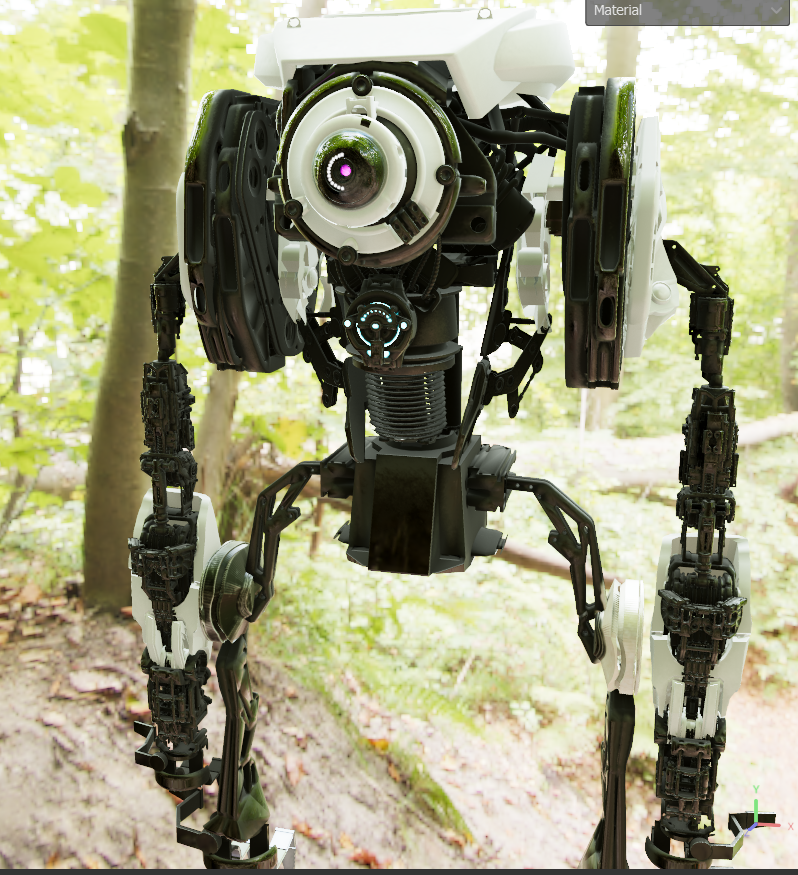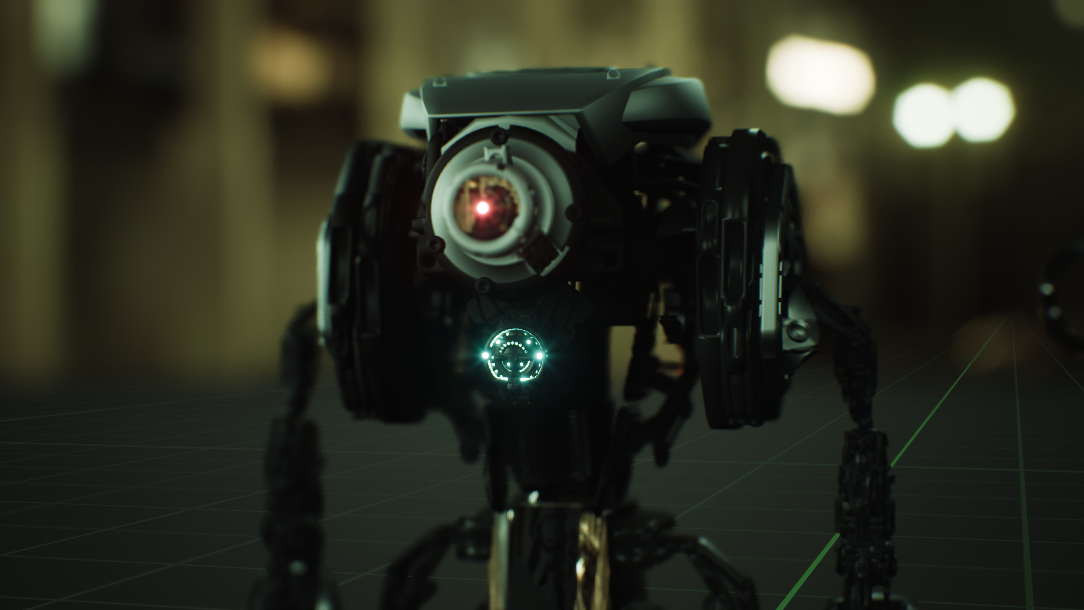Shaders
This shader showcase illustrates the use of different languages in Unity: ShaderGraph, VFX graph and direct CG (HLSL)
Accomplishments:
- ShaderGraph and VFX Graph: Developed a range of complex shaders using Unity's ShaderGraph and VFX Graph. This included creating dynamic effects like particle systems, procedural textures, and real-time shading adjustments. Demonstrated proficiency in node-based shader development, allowing for intricate visual effects and efficient performance.
- Direct CG (HLSL): Employed High-Level Shader Language (HLSL) for custom shader programming, providing fine-grained control over the rendering pipeline. This involved writing and optimizing shader code to achieve specific visual effects, such as custom lighting models, post-processing effects, and surface properties. The use of HLSL showcased an in-depth understanding of GPU programming and real-time rendering techniques.
- URP shader translation: Worked with both versions of the shader for each render pipeline (Build-in and URP) achieving same graphical and functional result.
Love Story Robot


3D production pipeline example: futuristic robot
Accomplishments:
- Modeling: Crafted a futuristic robot model in Blender with intricate details, including precise UV mapping and rigging to ensure seamless animation and texture application. This process involved advanced techniques in polygon modeling and sculpting to achieve a highly realistic and functional 3D model.
- Material Creation: Utilized Substance Painter to design and apply realistic textures and materials. This involved creating custom shaders and texture maps, including diffuse, normal, and specular maps, to give the model a lifelike appearance. The texturing process emphasized weathering and metallic surfaces to enhance the futuristic look.
- Lighting and Rendering: Implemented in Unreal Engine 5.3.2, focusing on achieving realistic lighting effects and high-quality rendering. Techniques such as global illumination, ray tracing, and HDR lighting were used to create visually compelling scenes. The rendering pipeline was optimized for performance and visual fidelity, ensuring the final output met industry standards.

Título
Aquí comienza tu texto. Puedes hacer clic en este punto y empezar a escribir. Dicta sunt explicabo nemo enim ipsam voluptatem quia voluptas sit aspernatur aut odit aut fugit sed quia consequuntur magni dolores eos qui ratione voluptatem sequi nesciunt neque porro quisquam est.
Eos qui ratione voluptatem sequi nesciunt neque porro quisquam est qui dolorem ipsum quia dolor sit amet consectetur adipisci velit sed quia non numquam eius modi tempora incidunt ut labore et dolore magnam aliquam quaerat voluptatem ut enim ad minima veniam.
